Olaplex has been blowing up on the salon and beauty scene with thousands of stylists singing it’s praises and backing it’s incredible results. But what exactly is it and why is it important you you to use during and after a chemically strenuous salon treatment.
Let’s break it down and get to the simple science behind Olaplex , explaining what it is, and why you do need it.
Hair is made of up Keratin proteins. Keratin is rich in the amino acid cysteine, and cysteine is important here because it contains a sulfur atom. Typically, two sulfurs will join together to form a disulfide bond creating a link between two proteins - and that is where the Olaplex magic begins. Disulfide bonds can be broken down by chemical treatments, daily heat styling and the general wear and tear that our hair goes through on a daily basis. As a bond multiplier, Olaplex takes the already existing bonds in your hair, multiplies and repairs them, producing stronger, healthier hair. It actively reverses damage, while proactively protecting your hair against future damage.
Olaplex has products formulated for the salon and for take home use. Olaplex No.1 Bond Mulitplier and No.2 Bond Perfector, are strictly for professional use.
We utilize the Bond Multiplier on clients having any sort of intense chemical treatments done. The Bond Multiplier gets mixed into the hair color/lightener and begins the process of mending those broken disulfide bonds, while working to prevent further damage.
No. 2 Bond Perfect is worked into the hair once the color/lightener is removed. This step fortifies the work that has already been accomplished by the No. 1 Bond Multiplier and continues the repair work while the hair rests.
No.3 Hair Perfector is where YOU come in! This is the take-home part of the treatment. You’ve been in salon, had a beautiful color applied and your hair has been protected and nourished throughout the entire process, now we need to continue to provide your locks with some TLC. That’s where No.3 Hair Perfecter comes in! This little bottle of magic sure does pack a punch, and when used properly, it will give you smooth, silky, strong hair.
Here is a quick run down on how it should be used:
Wet hair as if you were going to wash it, then towel dry.
Apply a generous amount of No.3 Hair Perfecter from your scalp the ends of your hair
Ensure hair is well saturated with the product, massage into hair and comb through to evenly distribute(be gentle!)
Leave on for at least 10 minutes. The longer you leave the treatment, the better your result.
Rinse your hair, shampoo and condition as normal.
It’s a quick and easy step to pop into your weekly routine; build it into your self-love routine, slip on a face mask and enjoy some quiet time while you rejuvenate your hair, skin and mind!
Next time you are in the salon to visit, be sure to ask about Olaplex. It’s such an easy and low cost investment in the health and maintenance of your hair. It’s tried and tested and a product that we love to educate our clients on. Long live healthy hair!




